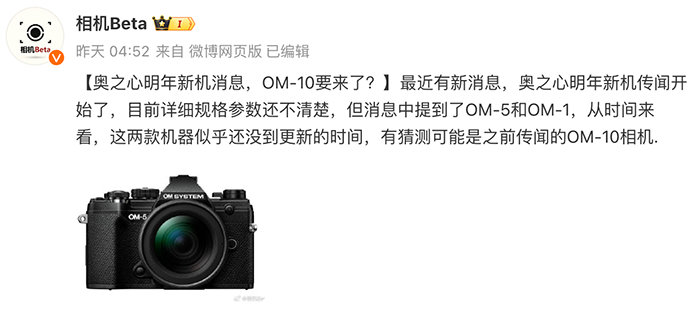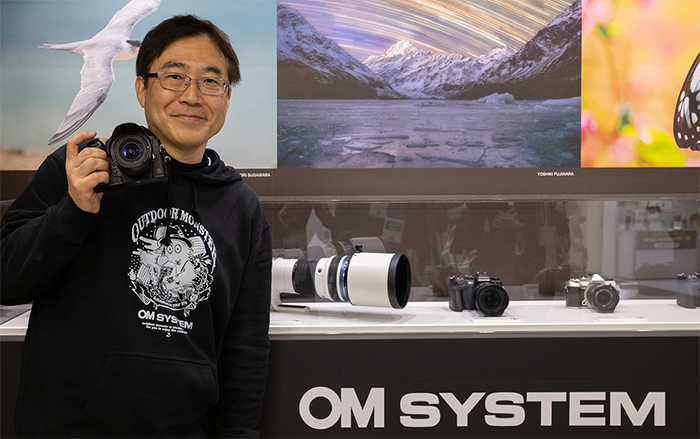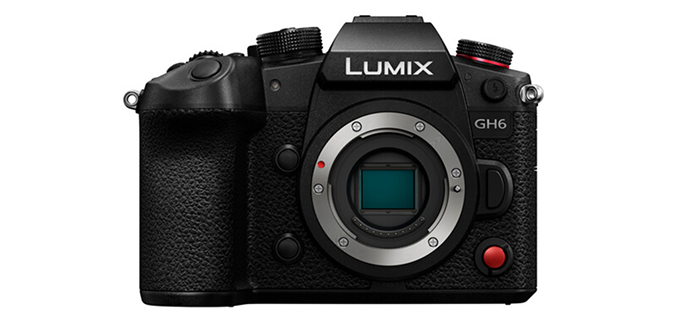Mark D Young: ” Why I’m certain Olympus camera equipment is here to stay”
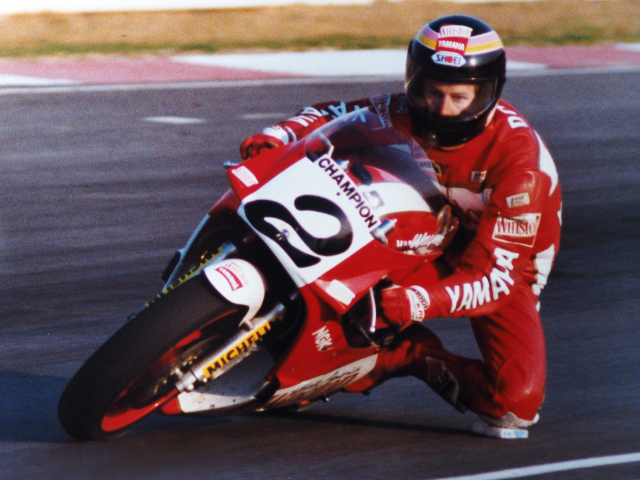
A professional camera is one that helps a working photographer make money. I took this image and hundreds of others in the same mould, with my OM30 (OMF) camera regarded as “inferior” by the camera cognoscenti of the day. However, like the OM-D range now, it had unique features not found in other equipment and so it earned its place in my camera bag for specific assignments. Read more about the “killer app” of the OM30 in the blog article. (Reproduced from an archived 35mm transparency)
This is a Guest Post from Mark D Young. Text and Image credit flightlevel42.co.za.
Why I’m certain Olympus camera equipment is here to stay
So, at the final bi-annual Photokina the inevitable change to mirrorless by all camera manufacturers of any consequence has come to pass.
It only took a decade.
Ten years in which the last dollars were squeezed out of more and more warmed-over legacy flappy mirror DSLR designs by the giants of the camera manufacturing universe while they claimed to be offering the latest and greatest in innovation,
While those teams spoke about innovation, Olympus, Sony and Panasonic actually got on with it and changed the camera industry.
And, yet, instead of giving due credit, almost predictably – yet again – the forum potatoes and opinionistas of the camera world are predicting the demise of Olympus and mFT from the market as it does not appear to be offering a legacy 35mm sized sensor model
The Olympus camera division has vast experience of this type of dooms-day prophecy. As a 40 year veteran of professional Olympus camera use I have lived through most of it before.
Right from the start of the OM SLR system the know-it-alls have giggled at innovations from Olympus. Way back in 1972 they smiled when the seemingly dainty M1, later – after bleating from Leica – the OM1, was announced. “Too small for serious photographers…“ said many as they huffed and puffed while carrying the holy quad of lenses (and back then it was a 28mm, a 50mm, a 135mm and if you did sports a 200 or 300mm) plus two bodies about.
Then in 1975 the OM2 arrived with off the film metering and TTL flash and the ability to link up to 9 flash units together in an array (yes, way back then!). “Real professionals calculate the guide number and aperture manually…“ sneered those who claimed to know it all. In less than half a decade all systems offered TTL flash units and creative light-painters have never looked back.
While this was going on the folk who actually take cameras out into the world and really use them in order to earn a living every day (rather than pontificating about doing that while the equipment actually lives inside the cupboard) set about using the OM system in the far reaches of the planet.
In the early 80s ESP metering was put into the OM40 at about the same point that Nikon launched matrix metering with the FA. “A gimmick!” and “Real pros use handheld meters!” cried the nay-sayers. Try and find any camera or mobile phone that does not offer matrix (evaluative) metering now.
Next, the OM4Ti launched full-syncro (FP) flash which added the cherry on top of the awesome light metering system it already had. You guessed it – “It’s just a fad. Not really something most serious photographers will ever use…” grumbled the chaps down the camera clubs. Take the FP/H flash feature or spot metering off any wedding photographer or avian photographer’s camera today and watch them bleat.
Then, of course came the auto-focus revolution.
In case you were not around in 1985 that was when Minolta (the soul of which lives on in Sony kit today) launched the Dynax 7000 (Maxxum 7000 in Zee speaking countries…). Canon then hoofed all their previous supporters in the teeth in 1987 and switched to the EOS lens mount from the FD mount that had brought them to that point citing the fact that they could not make AF work with the old mechanical system. And this was without any adaptor! Thank goodness DP Review, Twitter, Facebook and Instagram were not around then…they would not have survived the outrage.
Olympus offered an AF solution (using the OM mount) for those who wanted algorithms to do the job for them but, for the most part, by using the OM kit daily I had sorted out techniques for sports and other fast-action photography. In some cases I even used (gasp!) the “non-professional” yet un-loved OM30 and the awesome in-focus trigger system to pay the rent.
Then, of course came the auto-focus revolution.
In case you were not around in 1985 that was when Minolta (the soul of which lives on in Sony kit today) launched the Dynax 7000 (Maxxum 7000 in Zee speaking countries…). Canon then hoofed all their previous supporters in the teeth in 1987 and switched to the EOS lens mount from the FD mount that had brought them to that point citing the fact that they could not make AF work with the old mechanical system. And this was without any adaptor! Thank goodness DP Review, Twitter, Facebook and Instagram were not around then…they would not have survived the outrage.
Olympus offered an AF solution (using the OM mount) for those who wanted algorithms to do the job for them but, for the most part, by using the OM kit daily I had sorted out techniques for sports and other fast-action photography. In some cases I even used (gasp!) the “non-professional” yet un-loved OM30 and the awesome in-focus trigger system to pay the rent.
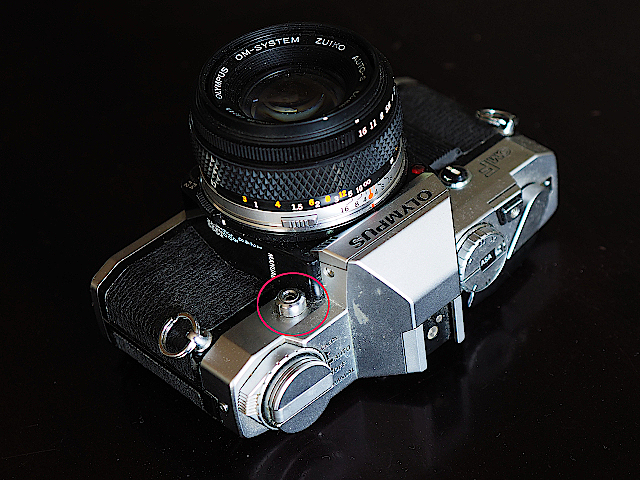
What on earth…? Did I just say I used this camera professionally? You better believe it – that red circle shows the port for the in-focus trigger system. Plug cable from here to motor drive release. pre-focus on any given spot (with ANY OM mount lens) and Presto! As soon as your subject moved into exact focus the camera activated the shutter and drive system (up to 5 fps on this model). It was a “killer app” for getting grand-prix cars and motorcycles tack-sharp in mid corner. Obviously too far ahead of its time as no similar feature is readily available today. However, the point is, if you fully understand the equipment and it’s features, any camera can earn money for your business.
As the 1990s ran into the Two Thousands the OM system passed gracefully into history. That was not too much of an issue as the lenses and other kit could take advantage of the improving film emulsions that came along.
For those who had a majority load of sports shooting in their schedules there was a bit of a conundrum. In those cases, it made sense to get an AF capable camera. By the mid 1990s the AF systems had matured and made sense. I personally opted to go the Nikon F5 route. While more compact than previous F series models it was still a bit of a size culture-shock – especially in regard to lenses on a like for like basis. I only used it for fast moving action and for the rest I carried my OM gear about. Mmm…two systems for different needs? Fancy that!
Now, while folk were predicting the demise of Olympus as digital fever took hold, they appeared to have forgotten that Olympus had been busy innovating in that space with the Camedia digital compact series, the E10 and E20 as well as digital endoscopes for some time. So, when they announced their entry into the DSLR market with the E-1 in 2003 it had some pretty interesting innovations.
Prime among these was the dust reduction system and a lens mount and system designed specifically for digital imaging.
Nowadays there is not, as far as I am aware, a camera without this dust reduction feature. If there is, I would not wish to use it. And, of course, we are currently seeing a rash of new “designed for digital” lens mounts…
Then came live view. “A solution looking for a problem…” said one very famous review site. Enough said on that one. (Cough! Cough!)
Then they added the Super Control Panel for one touch access to most menu functions which is now also an ubiquitous feature (On Canon the Q menu and on Nikon the “i” option menu).
With the E-510 they brought in body stabilisation from their older 35mm film-era fixed-lens iS series to interchangeable lens cameras. This is now considered a must-have feature for most manufacturers wishing to compete in the marketplace. It certainly avoids one having to buy a stabiliser mechanism over and over again everytime you purchase a new lens.
Then, of course, came the EP line in 2008 followed by the OM-D series in 2012 when flappy mirrors and prisms were consigned to the technological graveyard and a 5 axis in body stabiliser became the new normal for shake reduction.
I admit to being one of those who was concerned at the loss of the mirror. Then I used an EVF and a stabilised OM-D for a few months.
The rest, as we now see, is history.
Now, why am I not concerned about Olympus camera division’s survival in spite of their lack of an earth shatering announcement at Photokina?
Simple. They said all they needed to say. “Next year is our 100th anniversary year…” I reckon it is going to be an exciting one.
I think they will continue to be around for the future as, unlike the so-called “big boys”, the Olympus camera division is not so large as to get mired in the inertial mud of its own size, Its parent is not wholly dependent on its camera market share to justify its existence and it is still compact enough to be responsive, innovative and visionary.
These factors permit it to develop technology which benefits not only photographers, but the other imaging professionals to which the company caters and which many do not even think about – medical and scientific imaging professionals who account for more than 3/4 of the wider company’s revenue.
As mentioned in the short address given by the head of the camera division at Photokina on 25 September 2018, the Olympus camera division remains focused on developing technology and products that not only benefit creative photography but also the rest of the company’s product range.
So, there you have it. The camera division will remain around, notwithstanding what the opposition are doing as it has a mission beyond pleasing the internet.
As to professionals choosing to use Olympus mFT equipment for the benefits it brings, I can confirm what the manager of Olympus Europa said. I spend a good deal of time walking around carrying equipment up mountains, radio and water towers, hanging out of aircraft doors and running with crowds of protesters in addition to doing corporate portraiture, event photography plus covering sports events and weddings in rural areas of our country in all kinds of environmental conditions.
For my needs the size and volume of a full set of working kit in the OM-D system is perfect. The small lenses and compact bodies all work together to deliver a competitive advantage in my work over larger lenses and camera bodies with more sensor real estate from other brands. I am sure I am not alone in being able to exploit this.
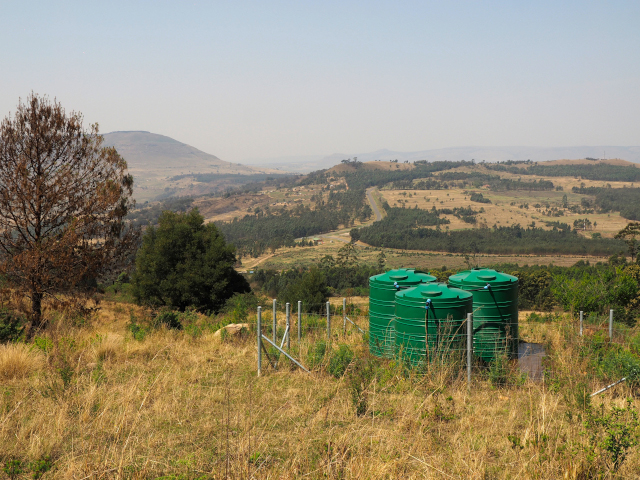
If, like me, you needed to regularly hike up mountainsides like these to get documentary images for infrastructure providers in the back of beyond, you would soon understand the benefit of the mFT system and why it has a place in the pantheon of professional photographic tools.
What counts is the result. And the MFT system consistently delivers outstanding image quality in a huge range of conditions (including negligible noise in very low light conditions – mFT sensor silicon is NOT any noisier than any other sensor silicon – you just need to understand exposure on a sensor!) and its unique, compact nature permits me to get the camera to the place where the client wants the shot taken,
And, when in the studio doing commercial work, the high-res mode of the E-M1 II gives all the super fine quality the agencies think they need for printing at 150 dpi in magazines.
I said “think they need“ as most images are now almost exclusively viewed on 72 (or perhaps, in high-end repro studios 180?) dot per inch screens, with a data link somewhere in between. In most parts of the world beyond Europe, North America and the Far East, that data link is not blessed with speed, reliability or great bandwidth.
In the small number of cases where images are intended for printed output, they are almost invariably reproduced in offset-printed CMYK processes for magazine use or output to large inkjet printers. In all such cases the dynamic range of the image file is squished into the restrictions of the CMYK color-gamut anyway. So all the arguments about having the ultimate dynamic range and highest resolution “which only a legacy sized 35mm format sensor can provide” is increasingly moot save for impressing the odd pixel peeping graphic art director.
In general, I have found that the highest quality image with the smallest possible file size is what drives the industry today and it is, in my experience, what will increasingly drive it going forward.
In that world I am confident that the 43 sensor in the mFT system offers – as did the OM system at the start of my career – the ideal balance between portability, responsiveness and quality.
As to those who say 4/3 is the “wrong size” sensor which has been “pushed as far as it can go”. two things: Firstly, none of my clients ask about, or even notice, what the sensor format is.
Secondly, there is still room on the 4/3 sensor format for up to 31 megapixels at a pitch of 2.8 microns- which is a pixel-pitch others were already using on their “Pro” DSLR sensors which were smaller than the 4/3 sensor way back in 2005! So the format has not nearly been “pushed as far as it can go” as alleged by so many forum potatoes.
A 24-27 MP 4/3 sensor is, in my view, an inevitability in the not too distant future. It would make sense for this to appear in the equivalent of the current E-M1 in the range when it arrives and, coupled to the high-res mode, users will get up to 70-80MP resolution when needed in an improved, faster high res algorithm making landscapes a cinch. The E-M5 equivalent can then get the curent E-M1 sensor resolution along with the high-res mode tweaks (if they appear as I expect.)
As 2019 is the 100th anniversary of the company, I am certain that glimpses of the next decade of innovation in photography will be revealed by Olympus before the next Photokina in March 2019.
And, in addition to my postulated new, higher res sensor, tweaked high-res mode and a sharper, high-resolution EVF, what else could be “next“?
Listening to the head of Olympus Europa mention making the cameras “…more intuitive to operate…” I have a feeling that part of the innovation we are yet to see will involve removing the need for decades of book and theoretical learning in order to get the settings adjusted for that great shot you have in mind.
AI is, in all probability, on its way in some form or another at some point in the not too distant future.
AI will increasingly make arguments about the size of the sensor irrelevant as intelligent algorithms can already remove noise and sort bokeh on demand in-camera or on the studio workstation. This trend will continue as will, I feel, the ease of interconnectivity between the cameras and all other devices forming the professional workflow.
I think it is pretty self eviden too that improved integration and ease of use of professional quality video will be incorporated in all future top-line camera models. Convergence of the two media (stills and video) is a reality for any working profesional nowadays.
As to speculation about Olympus needing to make a larger format camera, it is technically possible with the existing m43 mount as the image circle is double what it needs to be for the 4/3 format. However, given Sony’s investment in Olympus I cannot see that Olympus would see any honour in going head to head with Sony by trying to enter a very crowded legacy 35mm format sensor market.
Additionally with the Sony and Zeiss partnership I think Olympus joining the L-mount alliance might cause too much loss of face among the shareholders ( and introduce a cost for licence fees to Leica whereas the mFT mount does not attract a licence fee) so I feel that is a remote possibility. However, there are all those Olympus legacy size sensor lens patents floating about out there but I suspect they will see the light of day with Sony logos.
I am confident that Olympus will bring new developments to m4/3, especially as Olympus is still designing new lenses for the format. Speaking of which, with the Tokyo Olympics taking place in 2020 would anyone bet against a very fast 200mm prime (400mm legacy 35mm format equivalent) making a debut in the Olympus PRO line? I wouldn’t.
Those of us who use camera equipment to survive need to select the most suitable tools needed to be competitive and efficient in the market sectors in which we have strengths and seek to compete. Olympus has always done the same and I do not expect them to suddenly change tack from offering a powerful combination of portability with the best quality. It’s been their philosophy since Maitani-San led the OM design team. It is Olympus’ “killer app” and it offers a rich market niche to exploit as it is not a crowded sector.
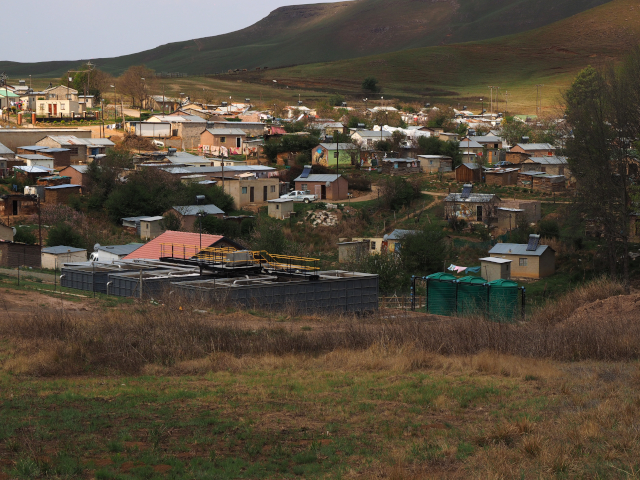
A vital aspect of the Olympus system for me is that it does not intimidate people or look like costly equipment. In far away informal and semi-formal settlements this is an advantage. It also permits you to capture candid images easily as the camera is seldom noticed…except by the eagle eyes of the very young!

However, I would not panic about the creep of AI and other tech in the professional equipment market if you are a true professional.
Taking the photograph is, perhaps, 20% of the effort involved in any professional assignment. Professionalism involves meeting the needs of the client and offering the most cost-effective solutions on time, every time. People and management skills are key. Thankfully those soft-skills are not, in any way, dependent on the size of the sensor in your camera bag and they cannot be replaced by AI.
So relax and use your camera equipment, whatever it may be, to the best of its potential and leave others to do the same.
I am sure Olympus are developing the next generation of tools to keep clients like me employed doing things with light and images we cannot imagine at present. And those tools will, for the foreseeable future, use mFT lenses and be compact and easy to get to where they are needed.
So, here’s to the next 100 years of Orinpasu Kabushiki-gaisha !
